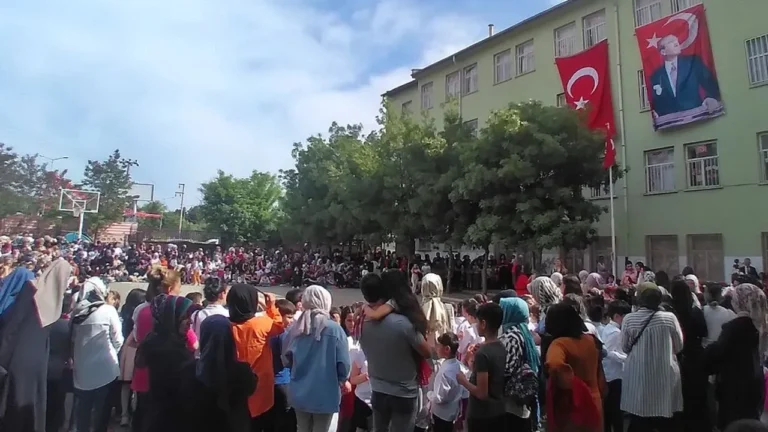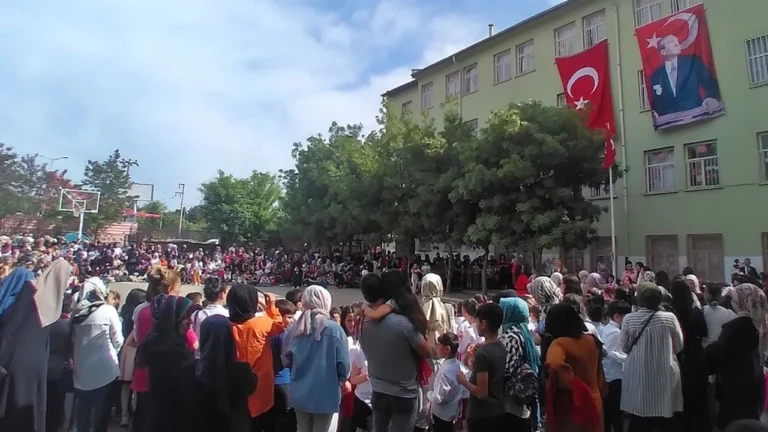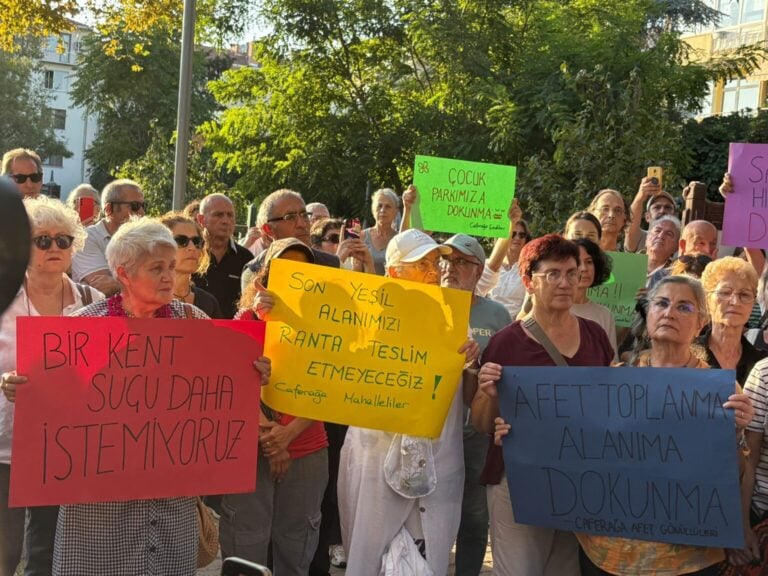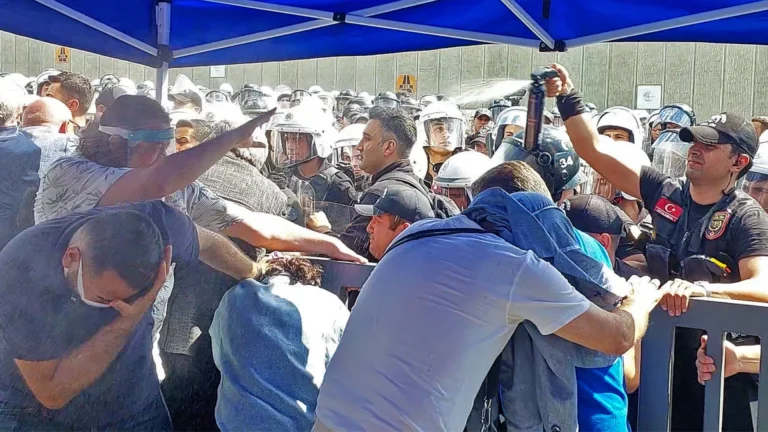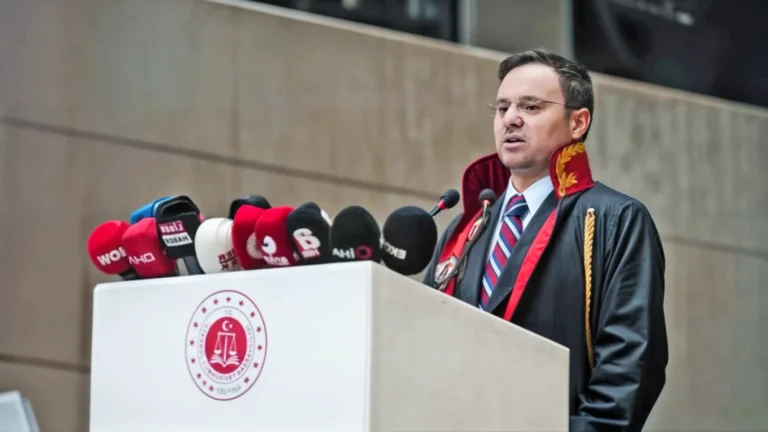Two weeks after the deadly original quake on the morning of February 6 that has killed over 41,000 in Turkey, two additional tremors struck the region on Monday evening (February 20), with two epicenters located in the Hatay province. Hatay had already been among Turkey’s worst-affected provinces from the original event two weeks prior.

At around 8:04 pm Monday evening, a 6.4 magnitude tremor hit Hatay’s Defne municipality, while a 5.8 magnitude quake centered in Samandağ municipality was also recorded. The tremors from Monday evening’s twin quakes were reportedly felt as far as Jordan, Syria, Israel, and Egypt.
Following the earthquakes, Turkish Health Minister Fahrettin Koca announced on Twitter that the tremors had claimed six lives in Hatay province while 294 had been injured, including 18 in reportedly critical condition.
Many buildings that had seen significant damage in the original event on February 6 collapsed around Hatay on Monday evening. Following the tremors Turkish Interior Minister Süleyman Soylu warned against entering damaged buildings, saying “In Antakya and Defne, many have entered damaged buildings in order to recover left-behind goods. I want to express that this is extremely risky behavior. Because aftershocks are continuing. Entering the buildings without knowing how badly damaged or to what extent they are compromised, and without any evaluation by our experts, is a practice that can lead to further catastrophe, God forbid.”
Hatay’s Samandağ municipality, which was the site of one of Monday evening’s earthquake epicenters, is located right on the eastern Mediterranean coast, raising fears that the tremors might be followed by a tsunami. This risk was announced by AFAD, Turkey’s disaster response agency, in a post on Monday evening, warning of tide increases of up to 50 cm. The risk warning was then lifted several hours later.
The quake in Samandağ was also accompanied by an electrical outage, which was reported by the city’s mayor Refik Eryılmaz in an announcement: “Electricity has been cut off as a result of the earthquake. People are trying to escape to safe cities with their vehicles. Many buildings that had already seen moderate to heavy damage [in the quake two weeks ago] have collapsed. We have been unable to confirm whether there were people in these collapsed buildings as it was pitch dark everywhere. Our citizens want tents. I want them to find a solution to this housing problem very urgently.”
Medyascope'u destekle. Medyascope'a abone ol.
Medyascope’u senin desteğin ayakta tutuyor. Hiçbir patronun, siyasi çıkarın güdümünde değiliz; hangi haberi yapacağımıza biz karar veriyoruz. Tıklanma uğruna değil, kamu yararına çalışıyoruz. Bağımsız gazeteciliğin sürmesi, sitenin açık kalması ve herkesin doğru bilgiye erişebilmesi senin desteğinle mümkün.
Defne mayor İbrahim Güzel, the site of the other earthquake’s epicenter, also made a statement following last night’s quake: “We felt greater shaking than in the previous [February 6] earthquake. We’re done, we’re done. What more can I say? Everywhere is dark. We cannot determine how many buildings were destroyed. Our municipality had 450 personnel, now we have 20 personnel. 430 of them are earthquake victims. We want help. We have a population of 166,450. Half of our population left the municipality [following the February 6 event]. I can’t give real numbers. We are having problems with transportation. This is not a metropolitan municipality. We urgently need assistance in the form of tents.”
The three deaths recorded immediately after the quake had risen to six by Tuesday morning.






